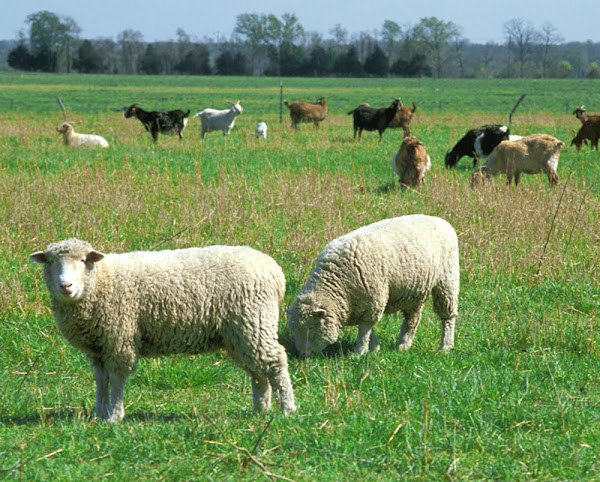

* includes towns such as Narrabri, Moree, Warwick and Dalby

Months of preparation required for low worm-risk paddocks The first month weaning or kidding starts While cattle also carry some goat worms, adult cattle tend to have very low burdens and contribute very little to contamination of pastures with worms affecting goats. *Where goats are referred to, include sheep and alpacas, as they can carry goat worms. Graze with goats or sheep treated with an effective drench for up to 3 weeks after the end of the protection period (when it is killing worms).Grow browse, crops, hay or new pastures.In the months before the paddock is required for use for kidding or weaning, prevent contamination of the paddock with goat worm eggs by any combination of these: Refer to Table 1 (below) to find out how long you need to prepare your paddock. However, the length of preparation will vary according to the time of the year the paddock first needs to be used. Whether the paddock is for kidding does or for weaners the method of preparation is the same. How are low worm-risk kidding and weaner paddocks prepared? Paddocks used by these goats should be of low worm-risk. Rangeland goats moving into higher rainfall areas are highly susceptible to worms as they have little experience of worm infection and hence their immunity is poorly developed.Adult or not lactating (dry) goats remain susceptible to worms as their immunity develops more slowly than it does in sheep, and is often incomplete.This can contribute to the seasonal increase in worm numbers and later infection of kids at foot. Late pregnant and lactating does are highly susceptible to worms as their worm immunity is reduced in late pregnancy and through early lactation.Bucks remain as susceptible as young goats. Paddocks used by young goats should be of the highest quality pasture as the first priority, ideally they should also be of low worm-risk. Weaners in the months after weaning until about 18 months of age, when they develop a higher level of worm immunity.Which goats are most susceptible to worms? If these practices are not practical then consider feedlotting and ensure that feeders and waterers are designed to avoid faecal contamination. Where possible, provide adequate browse.Allow time for most of the eggs and larvae on the pasture to die.Reduce contamination of paddocks with worm eggs.Avoid grazing on paddocks heavily contaminated with worm larvae.Grazing management techniques that reduce the exposure of goats to worms are based on these four steps: Use adult cattle that are resistant to worms. NOTE: goats can also be infected by the brown stomach worm ( Ostertagia ostertagi) from cattle, unlike the situation with sheep and lambs. Goats can be successfully run with horses and cattle. Goats also share common worms with alpacas.

If you do run both goats and sheep in higher rainfall zones, run goats on different areas of the property from sheep. It is best to not run sheep and goats together, except in the pastoral zone where worms are not as important and where goats have access to browse, which they prefer. Sheep and goats carry the same worms and when grazed together goats carry heavier worm burdens than do sheep, especially in the absence of browse.


 0 kommentar(er)
0 kommentar(er)
